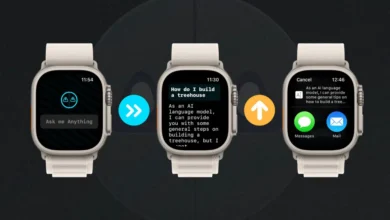In the realm of fake identification documents, myths and misconceptions abound, perpetuated by a combination of hearsay, media portrayals, and urban legends. Separating fact from fiction is essential for understanding the complexities and implications of the fake ID phenomenon. In this article, we’ll debunk common myths surrounding fake IDs and shed light on the reality of their production, use, and impact.
Myth: Fake IDs are only used by underage individuals to purchase alcohol.
Fact: While underage drinking is a common motivation for acquiring fake IDs, it represents just one aspect of their use. Fake IDs are also sought after by individuals seeking entry into venues restricted to adults, such as bars, clubs, and concerts. Moreover, undocumented immigrants or individuals without legal documentation may use fake IDs to access employment, housing, and social services in a society where legal status significantly impacts one’s opportunities and resources.
Myth: Fake IDs are easy to spot and detect.
Fact: Advances in technology and printing techniques have made it increasingly difficult to distinguish between genuine and fake IDs. Counterfeiters leverage digital manipulation software, high-quality printers, and specialized materials to create replicas that closely resemble genuine documents. Moreover, the proliferation of online marketplaces and discreet transactions makes it challenging for businesses, government agencies, and law enforcement authorities to identify counterfeit IDs.
Myth: Only teenagers and college students use fake IDs.
Fact: While underage individuals represent a significant demographic of fake ID users, they are by no means the only ones. Fake IDs are sought after by individuals of all ages and backgrounds for various purposes, including gaining entry into age-restricted venues, accessing employment, housing, and social services, and evading legal restrictions or scrutiny. The motivations behind using fake IDs are as diverse as the individuals who seek them out.
Myth: Fake IDs are victimless crimes.
Fact: The use of fake IDs carries significant risks and consequences, both for individuals and society as a whole. From legal repercussions and personal safety concerns to public health risks and economic impacts, the ramifications of using fake IDs can be far-reaching. Underage drinking facilitated by fake IDs poses risks not only to the individuals involved but also to the broader community, contributing to alcohol-related accidents, injuries, and fatalities.
Myth: Law enforcement agencies are powerless to combat the trade in fake IDs
Fact: While the proliferation of fake IDs presents significant challenges for law enforcement agencies, they are not powerless to combat the trade. Through proactive enforcement efforts, collaboration with international partners, and technological innovations, authorities can disrupt counterfeit document rings and dismantle the infrastructure supporting their production and distribution. Moreover, public awareness campaigns and education initiatives can help deter individuals from using fake IDs and promote responsible decision-making.
Myth: Fake IDs are harmless and just a rite of passage for young people.
Fact: The use of fake IDs carries real risks and consequences, both for individuals and society as a whole. From legal repercussions and personal safety concerns to public health risks and economic impacts, the ramifications of using fake IDs can be significant and far-reaching. It’s essential to recognize the seriousness of the issue and work towards addressing the root causes that drive individuals to seek out fake IDs in the first place.
Conclusion
separating myths from facts is crucial for understanding the complexities and implications of the fake ID phenomenon. While myths may perpetuate misconceptions about the nature of fake IDs and their use, the reality is far more nuanced and multifaceted. By debunking common myths and shedding light on the truth behind fake IDs, we can foster a more informed and nuanced conversation about this complex issue.



